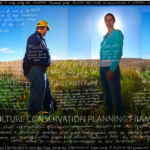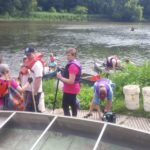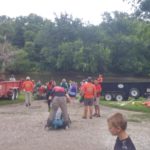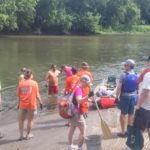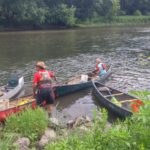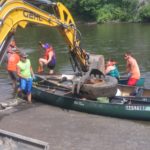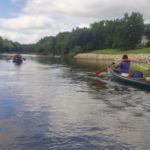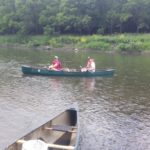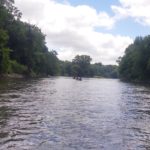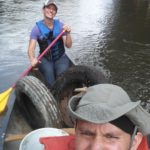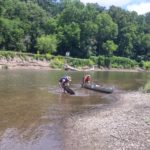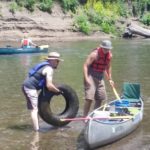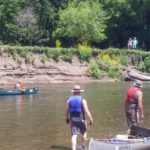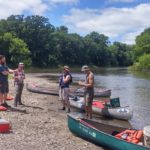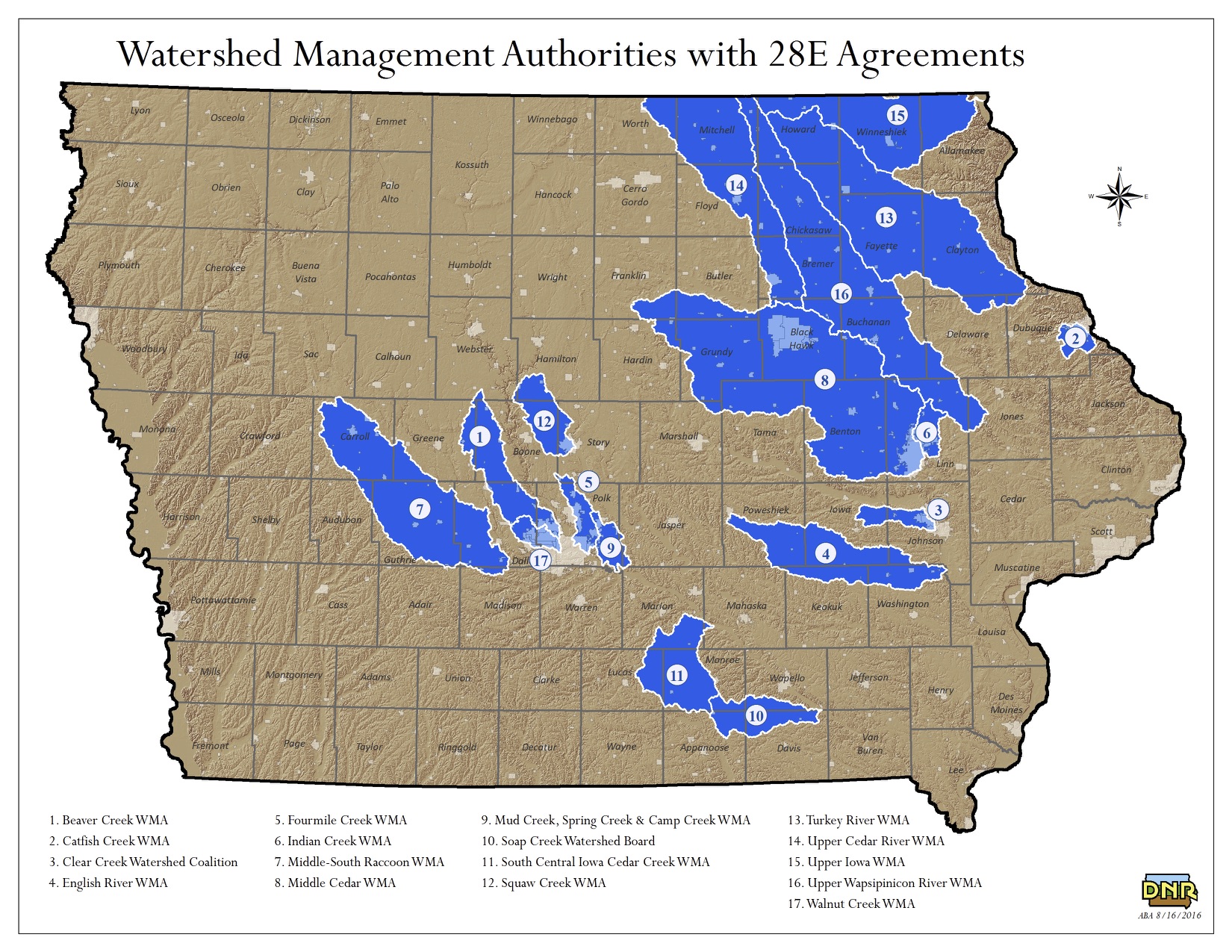Post written by Melissa Miller, Associate Director for the Iowa Water Center
On November 6 and 7, a group of about 35 stakeholders representing fields of higher education, government, policy, and watershed practitioners gathered in Dubuque, Iowa, for a working session entitled “Successful Watershed Management in the Upper Midwest: Getting to Scale.” Rebecca Power and the North Central Region Water Network organized this event. The meeting was funded by the Environmental Defense Fund and the Walton Family Foundation. Attendees from all over the region contributed, including Iowa, Minnesota, Nebraska, Wisconsin, Illinois, Indiana, Ohio, and Arkansas; other attendees came from Washington, DC, Harvard, and other nationally-based organizations.
The ultimate product of this working session will be a white paper that explores the necessary elements of watershed management as a scalable unit and the necessary elements of support that make successful watershed management possible. We started with education before conversation, first setting the stage by defining “successful watershed management” and determining what “getting to scale” really meant. A series of lightning talks followed, covering successful watershed management models and highlighting some necessary elements of those examples.
Then, the real work began. We split into small groups, facilitated by Jamie Benning (ISU Extension and Outreach Water Quality Program), Ann Lewandowski (University of Minnesota Water Resources Center), Kate Gibson (Daugherty Food for Water Institute at University of Nebraska-Lincoln), and myself. We discussed the scalable unit for watershed management – the smallest administrative unit that includes key infrastructure, relationship, architecture, and other necessary elements of our theory of change. (We mostly agreed that it’s probably a HUC-12 watershed – except we could all think of some times it isn’t.) Then we identified the “necessary elements,” categorized by human capacity (leadership and learning), social capacity, financial capacity, policy and governance, and technology. We used the same categories for determining those necessary elements that support the scalable unit. On the second day, we expanded on those necessary elements and provided evidence and examples.
There was a lot of information exchanged and ideas generated in a short period. It was exciting to participate and meet people I hadn’t previously worked with in the same space. It was inspiring to cover familiar topics with some familiar faces in a new, comprehensive way. The white paper is expected to be finalized in spring of 2018. We’ll be sure to share it when it’s ready!

